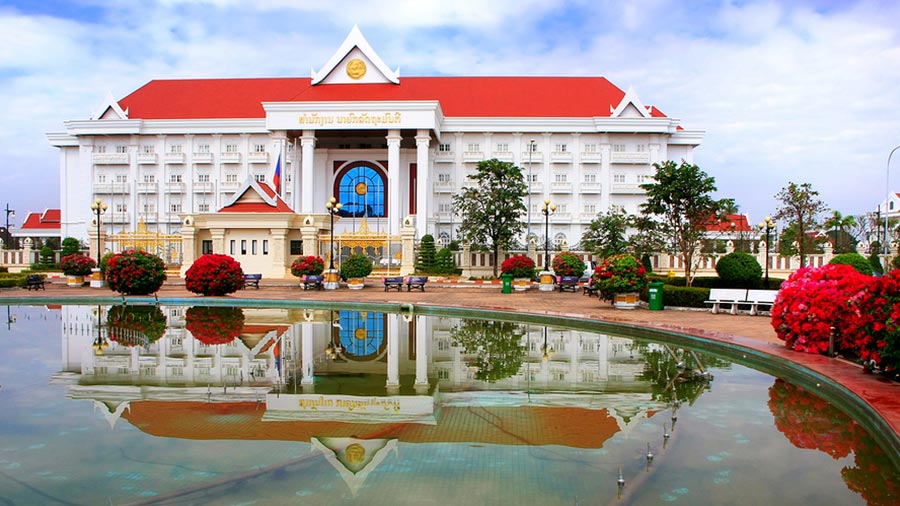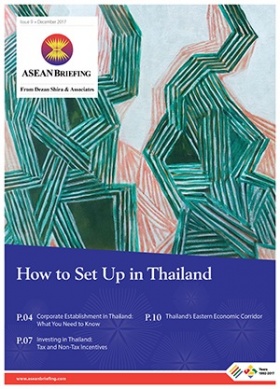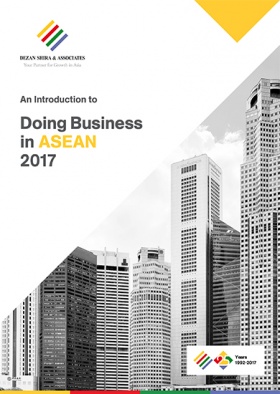Laos’ Investment Outlook for 2018
By: Vasundhara Rastogi
Landlocked by Myanmar, Cambodia, China, Thailand, and Vietnam, Laos is among the poorest economies of the world. Yet, in terms of gross domestic product (GDP), the economy continues to soar. Over the last decade, Laos has sustained an average growth rate of 7.8 percent, relatively higher than its neighboring countries.
Economy
The main source of its revenue is its huge reserves of natural resources including agriculture and forestry products, minerals such as gold, copper, zinc, and lead, and hydro-electric potential. Mining and hydropower are its biggest foreign currency generating sectors and account for 80 percent of its total FDI, with China, Vietnam, Thailand, Korea, France, and Japan being the leading source. The economy has benefited greatly from the foreign direct investment in its hydropower dams along the Mekong River. As of May 2016, China invested over US$6.7 billion in 760 projects in Laos, covering a wide range of sectors from energy and minerals industry to agricultural and service sector.
Besides, agriculture is the mainstay of the economy. It employees over 75 percent of the population and contributes approximately 29 percent of GDP. Further, the country is also investing heavily in its services sector with two new component – banking and tourism – building huge potential for foreign investment in the country.
![]() RELATED: Pre-Investment and Market Entry Advisory from Dezan Shira & Associates
RELATED: Pre-Investment and Market Entry Advisory from Dezan Shira & Associates
Investment climate
Laos has a free market economy with strong state control – similar to the Chinese and Vietnamese models. Since the economic liberalization of 1986, the government has committed to increasing foreign investment in the country and undertook several policy initiatives. To attract FDI in certain prioritized sectors such as agriculture, industry, handicraft, and services, the government has developed special economic zones across the country replete with new infrastructure, commercial facilities as well as generous tax incentives. In January this year, for instance, the management board of Lao Savan SEZ – located in Laos’ central region, announced two to 10 years of tax exemptions from the profitable time of the project, and a preferential corporate tax rate of eight to 10 percent for investors in the SEZ. In the coming years, Laos plans to establish as many as 40 SEZs and hope to attract US$ 3 billion in foreign investment.
On the downside, however, Laos maintains a communist and patronage-driven culture. As a result, despite the government’s efforts to curb corruption and improve the investment climate, the opaque business environment and the presence of politically connected vested interests make it difficult for investors to gain access to certain business sectors.
Government initiatives
In April 2017, Laos amended its law on investment promotion (LIP), setting out some new and amended articles regarding promoted business sectors and investment incentives, forms and types of investment, and investment management mechanisms, with an aim to facilitate company incorporation and improve the investment climate in the country. The new law seeks to provide a seamless process for business application, license issuance, and government, and bring in greater clarity with regards to eligible rights and incentives for business operators.
Amendments made to the law will be applicable to all investors, regardless of their nationality. But will not apply to the existing contractual terms, operating under the old law. In other words, the law will not have retroactive effects on businesses that are currently operating in the country. Some of the key changes introduced under the new law include national and provincial assembly approval requirements; joint venture contracts; structure and content of investment incentives; and registered capital requirements.
 RELATED: Thailand’s Investment Outlook for 2018
RELATED: Thailand’s Investment Outlook for 2018
Outlook 2018
In 2017, the World Bank estimates Laos’ GDP to moderate at 6.7 as a result of slow growth in power generation, manufacturing, and agriculture, as well as a slight deceleration in investment and a drop in tourism. In 2018, however, economic recovery in China and other ASEAN nations is expected to have a positive effect on Laos, given its close trade links with the neighboring countries.
The country is expected to grow at the rate of seven percent mainly on account of an increase in its hydropower exports, private investment, development of the tourism industry, and the construction of the US$6 billion rail line project linking Vientiane with the Laos-China border. The Laos-China railway will connect the Kunming-Singapore railway and will run through central Vientiane making Laos a vital part of the project.
About Us
ASEAN Briefing is produced by Dezan Shira & Associates. The firm assists foreign investors throughout Asia and maintains offices throughout ASEAN, including in Singapore, Hanoi, Ho Chi Minh City and Jakarta. Please contact us at asia@dezshira.com or visit our website at www.dezshira.com.
- Previous Article Les perspectives d’investissement de la Thaïlande pour 2018
- Next Article Banking Sector Reforms in Myanmar







